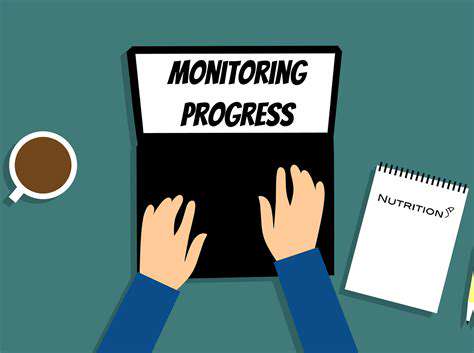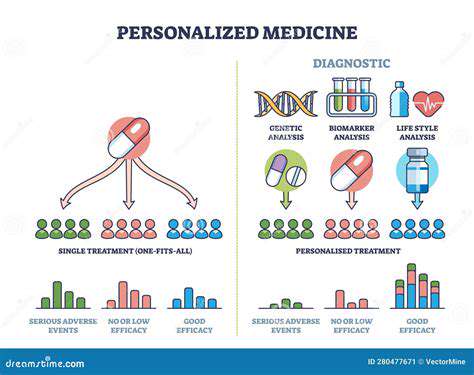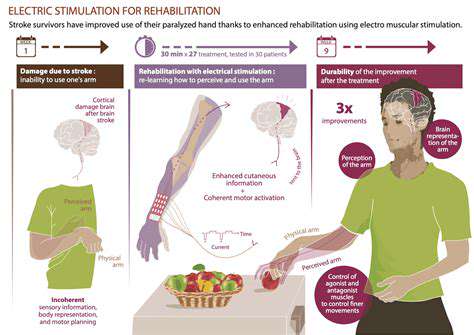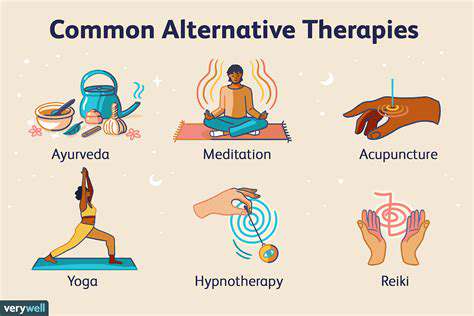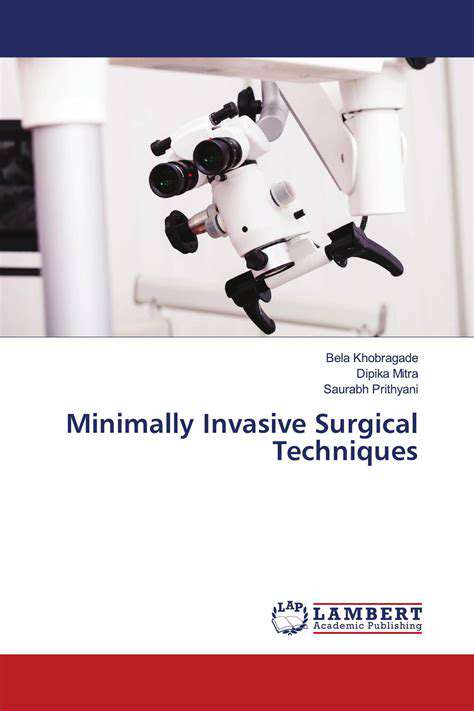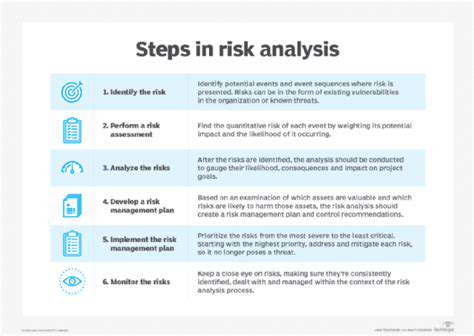The Role of Physical Therapy in Hand Injury Recovery
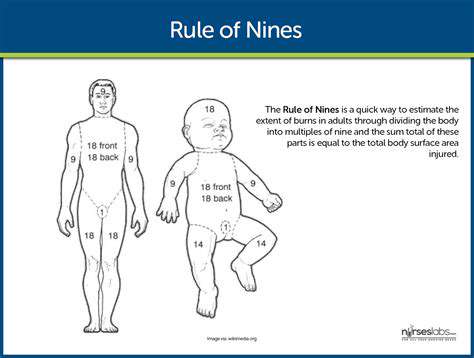
Restoring Range of Motion and Flexibility
Restoring Normal Movement
The journey to recovery from a hand injury begins with regaining full mobility in the affected joints. This process involves carefully designed exercises that progress in intensity, all aimed at enhancing flexibility while minimizing discomfort. Every exercise is customized, taking into account the nature of the injury and the patient's unique circumstances. Techniques like manual therapy are frequently employed to gently work through joint restrictions. Over time, these efforts lead to improved movement, allowing the hand to operate more smoothly in daily life.
Having complete mobility is essential for performing routine actions—whether it's holding a coffee cup, typing on a keyboard, or opening a jar. When motion is limited, even simple tasks become challenging. A skilled therapist will create a step-by-step plan to safely expand the hand's capabilities, ensuring healing progresses without setbacks.
Improving Grip Strength and Dexterity
After an injury, many people struggle with weakened grip and reduced fine motor control. To address this, therapists introduce exercises using tools like therapy putty, resistance bands, or small objects to rebuild strength. The focus is on steady progress, gradually increasing the difficulty to restore the hand's power and precision.
Fine motor skills—like threading a needle or using scissors—are just as critical. Therapists incorporate tasks that require detailed movements, helping patients regain the coordination needed for these activities. Through practice, patients rebuild the neural connections that make precise hand movements possible.
Addressing Pain and Swelling
Pain and inflammation are common hurdles in hand injury recovery. Therapists use a variety of methods to ease these symptoms, such as alternating ice and heat applications, ultrasound therapy, or targeted electrical stimulation. These approaches help reduce swelling and discomfort, making it easier to engage in rehabilitation exercises.
Re-establishing Proper Hand Function
Therapy goes beyond basic mobility and strength—it also focuses on restoring real-world functionality. Patients practice everyday tasks under guidance, whether it's handwriting, typing, or using kitchen tools. Therapists ensure proper technique is used to avoid strain and promote efficient movement patterns.
Ultimately, the goal is independence. Patients should feel confident handling daily demands, from buttoning a shirt to carrying groceries. A well-rounded therapy plan addresses both the physical injury and the practical challenges it creates.
Using Assistive Devices and Adaptive Techniques
For some patients, temporary tools can make recovery smoother. Items like ergonomic grips, specialized utensils, or modified keyboards help bridge the gap while strength returns. These adaptations maintain independence during healing.
Therapists teach patients how to integrate these aids seamlessly into daily life, ensuring they can continue essential activities without risking further injury. Over time, as function improves, reliance on these tools diminishes.
Promoting Hand Health and Preventing Recurrence
Recovery isn't just about the present—it's about long-term resilience. Therapists educate patients on protecting their hands through proper ergonomics, safe movement techniques, and recognizing early warning signs of overuse. This knowledge helps prevent future injuries.
Patients leave therapy not only healed but empowered with strategies to maintain hand health for years to come. Prevention is just as important as rehabilitation in ensuring lasting results.

Returning to Daily Activities and Preventing Future Injuries
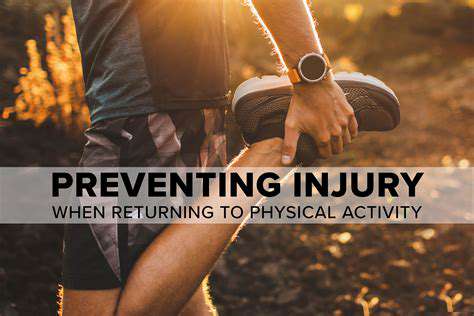
Re-establishing Routines
Transitioning back to normal life requires patience. A step-by-step approach works best—start with manageable tasks and slowly increase complexity. Structure is key; a clear plan reduces stress and builds confidence.
Prioritizing Self-Care
Recovery isn't just physical. Mental and emotional well-being matter just as much. Simple habits—consistent sleep, nutritious meals, and movement—create a foundation for healing. Self-care isn't selfish; it's strategic for sustained progress.
Addressing Potential Challenges
Setbacks are normal. Anxiety or frustration might surface, but recognizing them early allows for proactive solutions. Leaning on support networks—whether friends or professionals—makes challenges easier to navigate.
Reconnecting with Social Networks
Isolation slows recovery. Rebuilding social connections restores a sense of normalcy. Shared activities, even small ones, reinforce belonging and motivation.
Navigating Work or School Obligations
Open communication with employers or teachers ensures realistic expectations. Temporary adjustments—like modified duties or extended deadlines—can ease the transition back to full responsibilities.
Managing Time Effectively
Balance prevents burnout. Breaking tasks into smaller steps, scheduling breaks, and maintaining boundaries between work and rest lead to sustainable productivity.
Adapting to Changes in Circumstances
Flexibility turns obstacles into opportunities. Approaching changes with curiosity rather than resistance fosters resilience. Every adjustment is a chance to develop new strengths.
